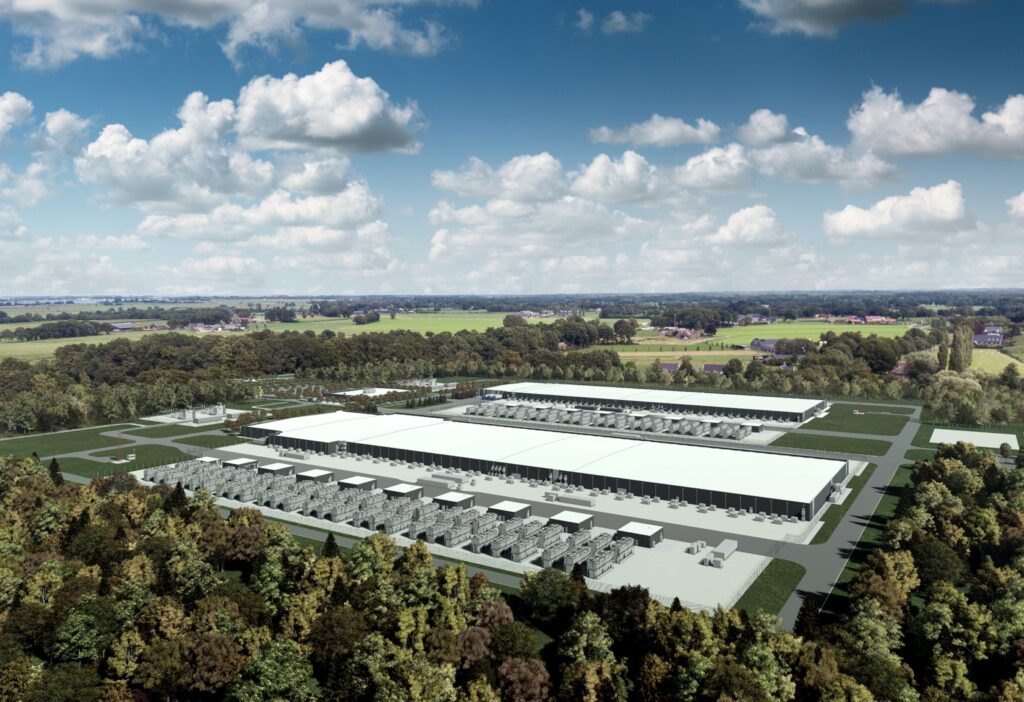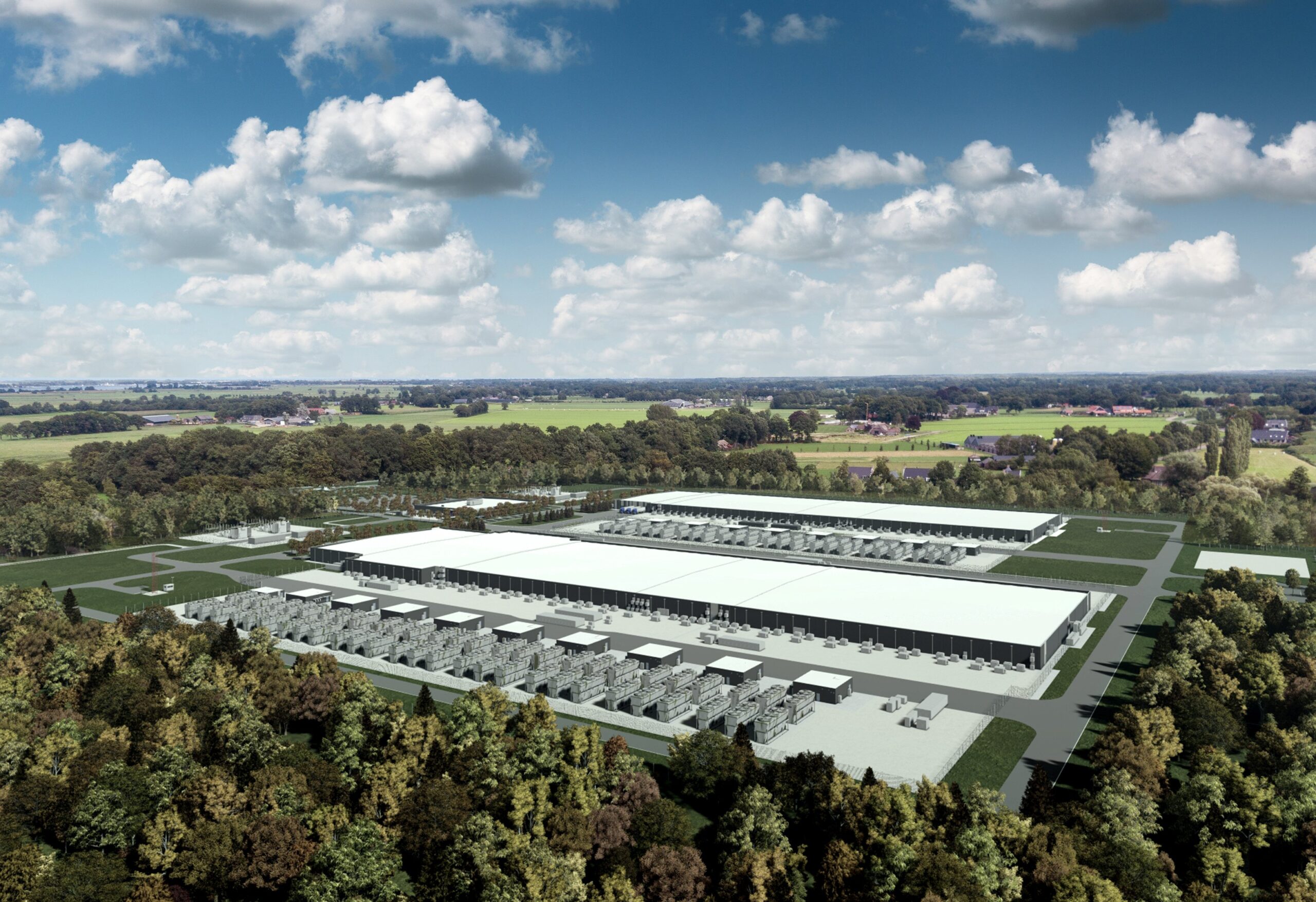Meta’s data centers consumed 14,975,435 MWh of electricity in 2023, marking a 34% increase compared to the previous year, according to the company’s latest sustainability report. A significant portion of this consumption, 2,187,020 MWh, was attributed to leased data center facilities, which saw a remarkable 97% year-over-year growth.
Among Meta’s 16 data center facilities, excluding leased spaces, the campus in Prineville, Oregon, emerged as the largest consumer of electricity, using 1,375,321 MWh over its 3,200,000 sqft. Following closely were the facilities in Altoona, Iowa, with 1,243,306 MWh, and Sarpy, Nebraska, with 1,148,091 MWh.
Electricity intensity per monthly active user also increased by 32%, reaching 0.0041 MWh. Similarly, electricity intensity per million USD in revenue rose by 33% to 131.42 MWh. Meta emphasized that 100% of this electricity is sourced from renewable energy, achieved through Power Purchase Agreements (PPAs) and Renewable Energy Certificates (RECs). The company’s Power Usage Effectiveness (PUE) remained stable at 1.08.

In contrast to rising electricity usage, Meta reported a decline in fuel consumption across its data centers. Natural gas usage dropped by 36% to 4,818,116 terms, while diesel distillate fuel oil No. 2 decreased by 25.5% to 1,025,707 gallons. Distillate fuel oil No. 4 saw a slight reduction of 3.42% to 699,427 gallons, and gasoline usage plummeted by 81.4% to 22,309 gallons.
Meta also began its first deployment of hydrotreated vegetable oil at its Clonee, Ireland, site, using 1,144 gallons. The company is testing this diesel replacement through 2024 to determine whether it will transition the rest of its generators globally.
Water usage in Meta’s data centers saw an increase in 2023. The company’s total water withdrawal reached 3,881 megaliters (one megaliter equals one million liters), a 7% rise from the previous year. However, in certain locations, including Altoona, Clonee, Odense, and Prineville, water usage decreased. Groundwater withdrawal saw a significant 137% increase to 88 megaliters, while water withdrawal from areas with high or extremely high baseline water stress grew by 20% to 1,360 megaliters. The water embedded in the electricity Meta purchased was estimated at 55,475 megaliters, up 35%.
On a positive note, Meta’s water restoration efforts significantly improved, reaching 5,889 megaliters, a 150% increase. Despite this, water withdrawal per monthly active person rose by 7% to 0.001410 liters, and water withdrawal per million USD in revenue also increased by 7% to 45 liters.
Looking ahead, Meta is focused on reducing its environmental impact with new technology. “Our newest AI-optimized data centers currently under construction will feature dry-cooling technology,” Meta stated in its report. “Dry cooling uses air as the cooling medium, minimizing water usage, making it the most efficient cooling technology for these geographic locations.”
Meta continues to expand its data center footprint aggressively, with capital expenditures reaching $8.5 billion in the last quarter. The company anticipates higher costs in the coming year as it builds out infrastructure to support generative AI.





